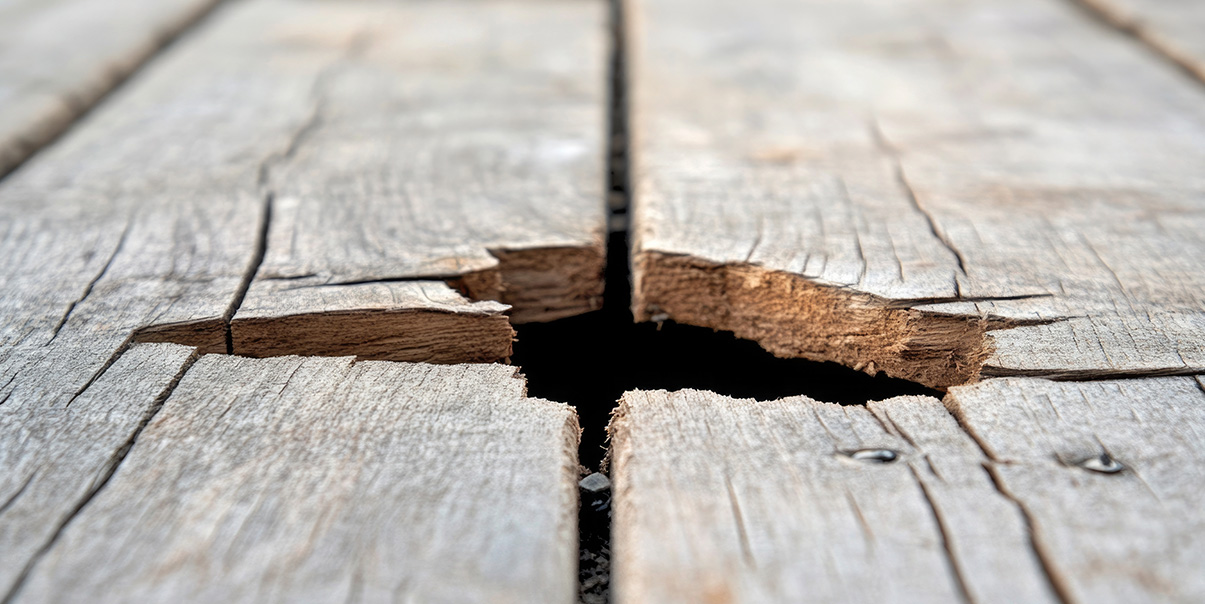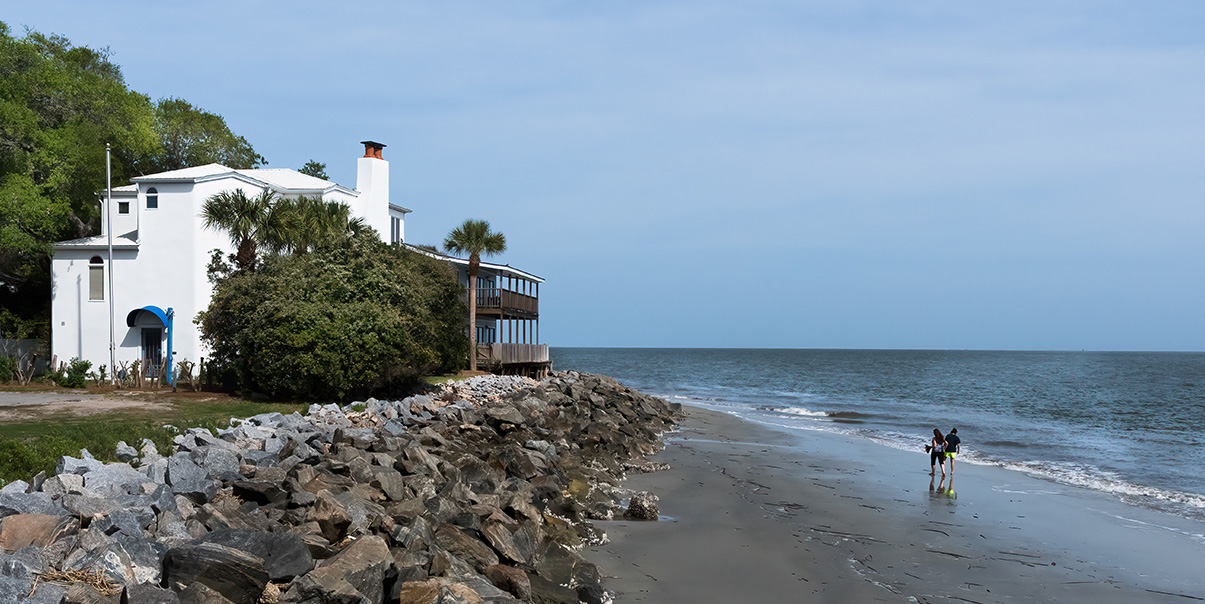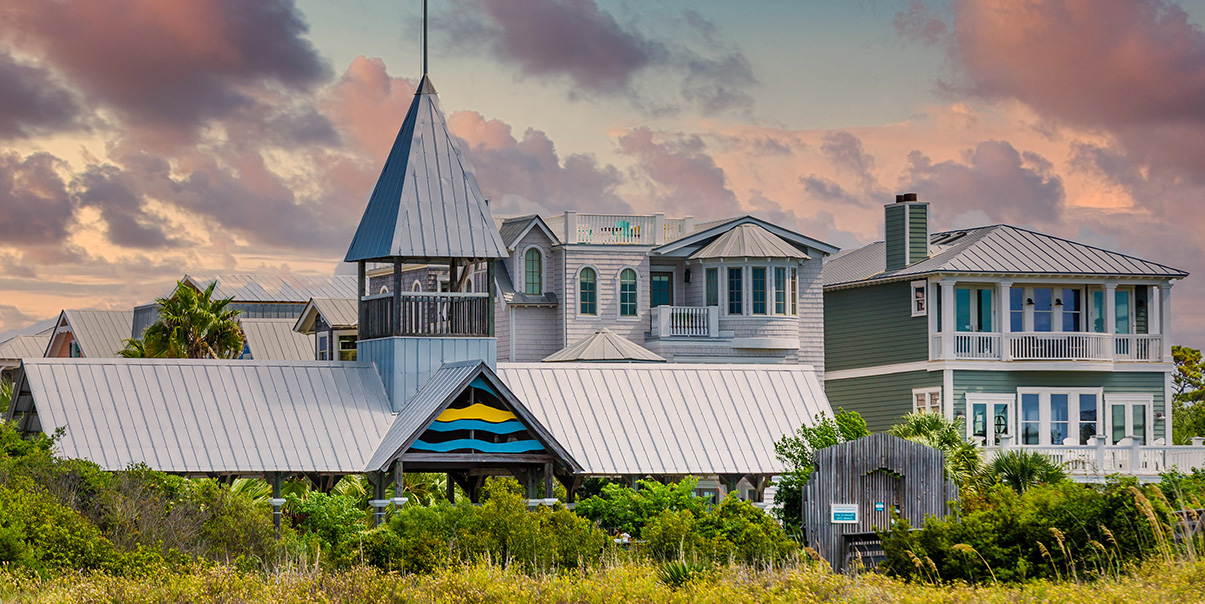Donec sed dui mollis, elementum enim quis. Suspendisse quis lorem urna.
How to Prevent Wood Rot and Moisture Damage in Coastal Climates
Essential Tips to Protect Your Home from Wood Rot in Humid Coastal Conditions
Living by the coast comes with many perks: beautiful views, ocean breezes, and a relaxed lifestyle. However, the high humidity, salty air, and frequent storms typical of coastal climates also pose unique challenges for maintaining your home—especially when it comes to preventing wood rot and moisture damage.
In this guide, we’ll walk you through practical, easy-to-follow strategies to protect your coastal property and extend the life of your wooden structures.
1. Choose the Right Type of Wood
Start with materials that are better suited to damp conditions. Some naturally rot-resistant woods include:
- Cedar
- Redwood
- Teak
- Pressure-treated lumber
- Ipe and other tropical hardwoods
These woods are more durable and naturally resist decay caused by moisture and insects.
2. Seal and Paint Exposed Wood
Unprotected wood absorbs moisture easily. Apply high-quality sealants, stains, or exterior-grade paints to all exposed surfaces. Be sure to:
- Use a water-repellent preservative
- Reapply finishes every 1-3 years depending on sun and storm exposure
- Focus on vulnerable areas like decks, trim, window sills, and railings
3. Promote Airflow and Ventilation
Trapped moisture is the enemy of wood. Improve airflow around and under your home by:
- Using open-slatted deck designs
- Installing vents in crawlspaces and attics
- Ensuring soffits and overhangs are not blocked
Proper ventilation keeps wood dry and prevents condensation buildup.
4. Maintain Your Gutters and Drainage Systems
Redirecting water away from your home is crucial. Make sure to:
- Clean gutters and downspouts regularly
- Extend downspouts to move water away from the foundation
- Ensure yard grading slopes away from your structure
5. Inspect Regularly for Early Signs of Trouble
Early detection of moisture problems can save you from expensive repairs. Check for:
- Soft spots or discoloration on wood surfaces
- Mildew or musty odors
- Peeling paint or bubbling finishes
- Rusty nails or metal stains on wood
6. Replace Damaged or Compromised Wood
Don’t ignore decayed wood. Remove and replace it promptly with treated or rot-resistant materials. Leaving rot unchecked allows it to spread and can lead to structural issues.
7. Design with Durability in Mind
If you’re building or remodeling, plan with protection in mind:
- Elevate structures off the ground when possible
- Use flashing to deflect water away from joints and corners
- Install wide roof overhangs to shield wood from rain
- Use composite materials for high-exposure areas
Wood rot and moisture damage don’t have to be inevitable in coastal climates. With the right materials, routine inspections, and preventative maintenance, you can preserve the beauty and integrity of your coastal home for years to come.
Need help with a professional wood inspection or sealing service? Contact our coastal maintenance experts for personalized recommendations and trusted local contractors.
Related Posts
Quis lorem suspendisse urna. Donec sed dui mollis, elementum enim quis.
Euspendisse quis lorem urna. Donec sed dui mollis, elementum enim quis.




